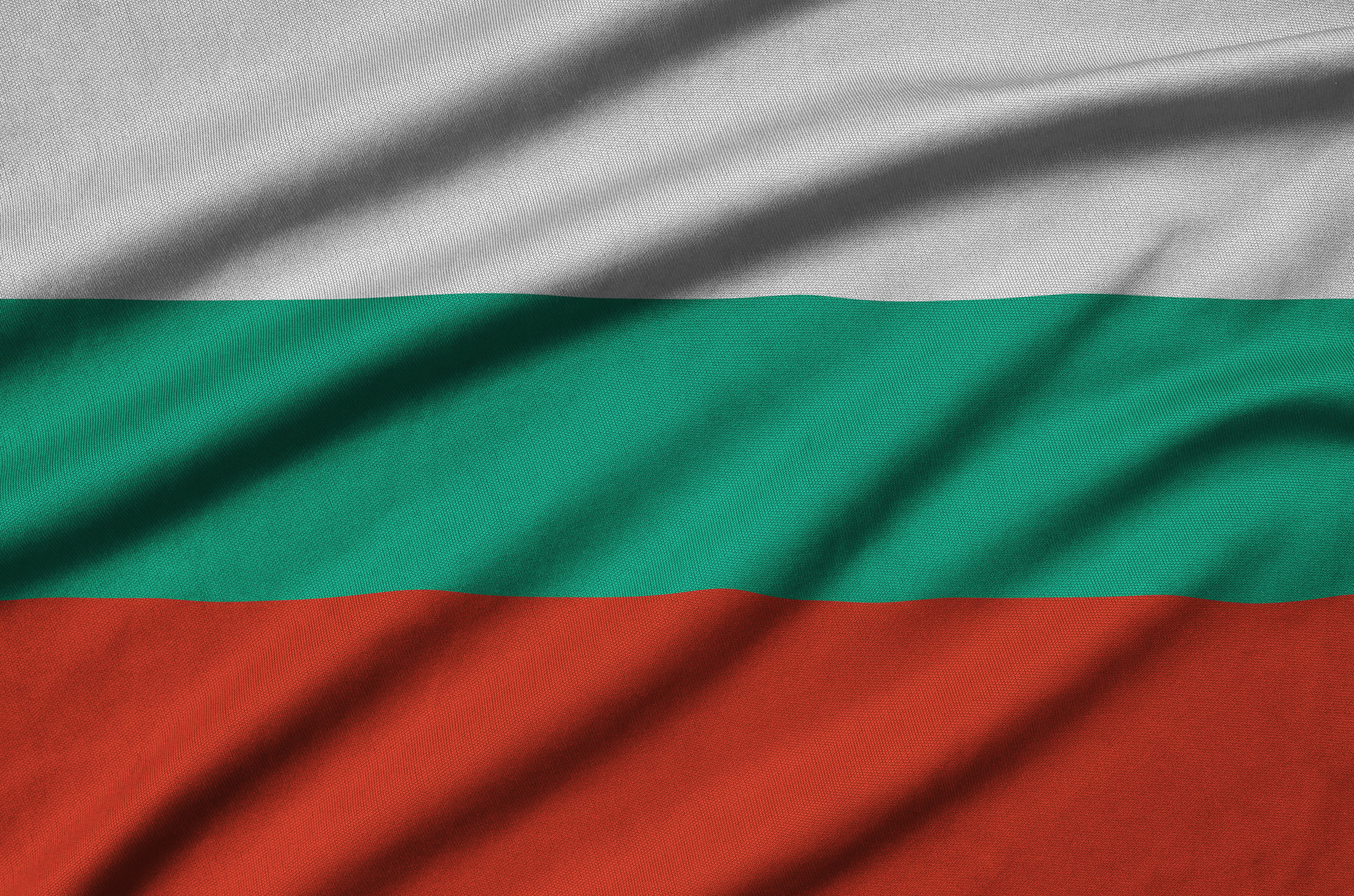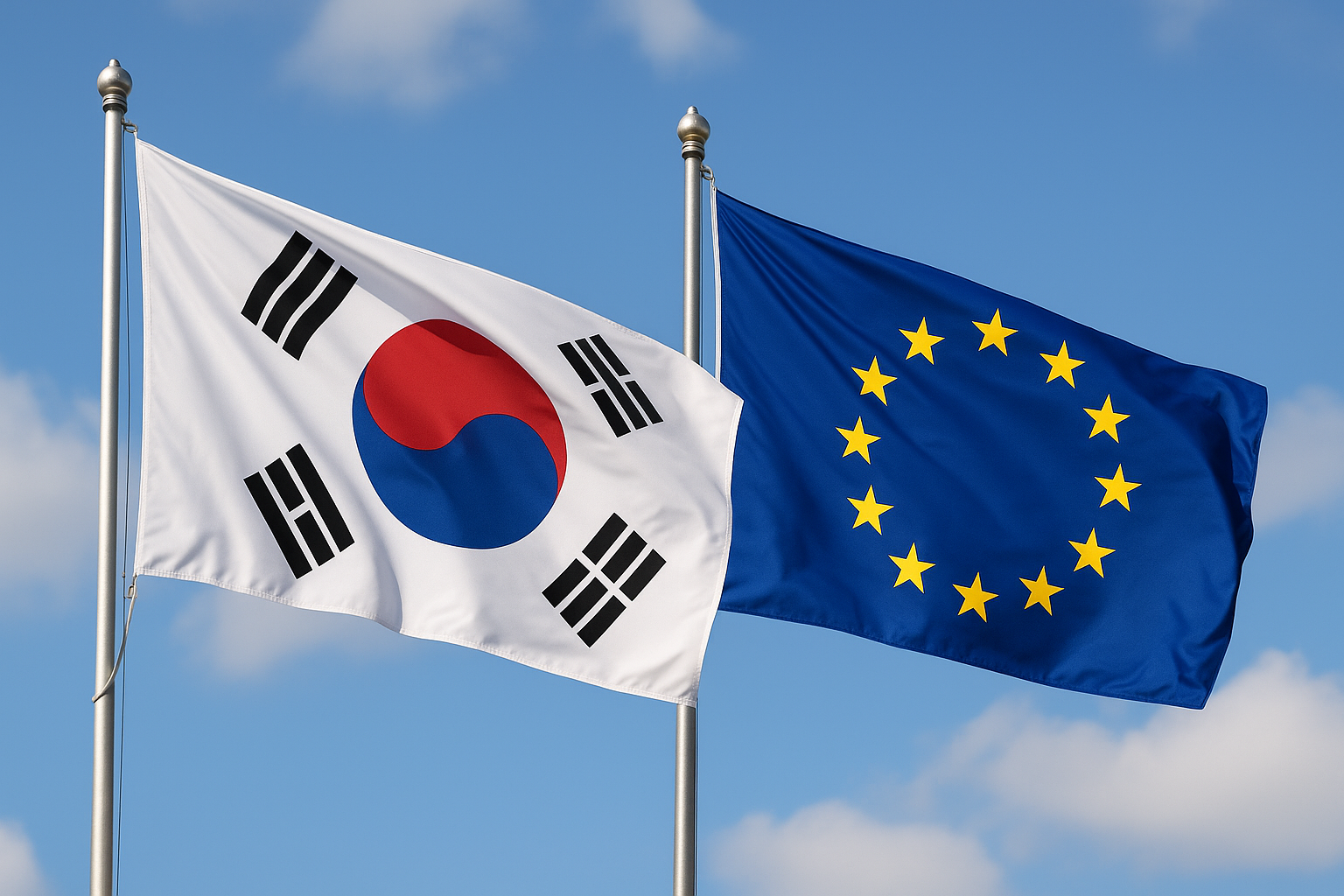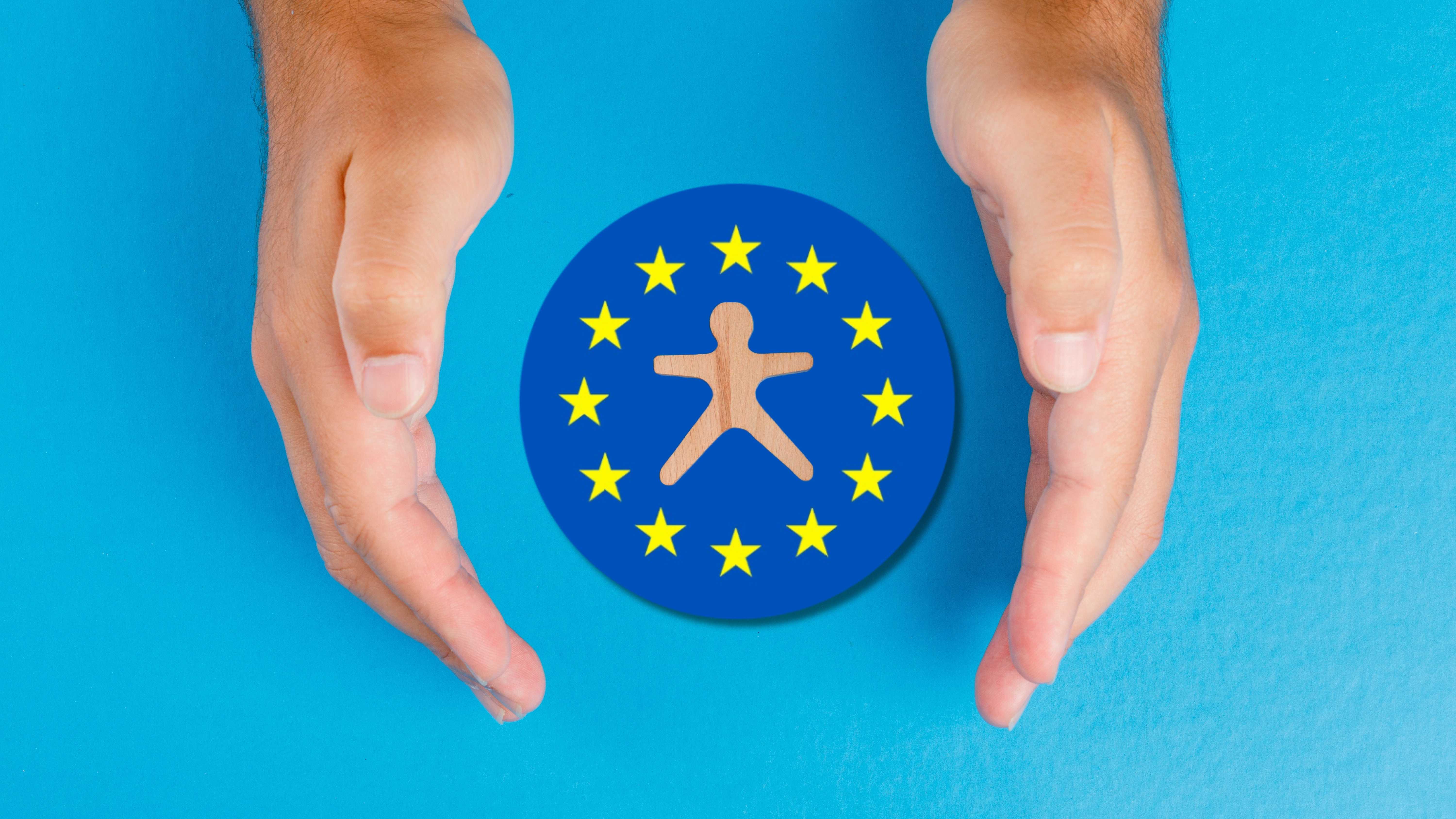At the European Health Summit in Brussels, Google presented new research suggesting that AI could help Europe overcome rising healthcare pressures.
The report, prepared by Implement Consulting Group for Google, argues that scientific productivity is improving again, rather than continuing a long period of stagnation. Early results already show shorter waiting times in emergency departments, offering practitioners more space to focus on patient needs.
Momentum at the Summit increased as Google announced new support for AI adoption in frontline care.
Five million dollars from Google.org will fund Bayes Impact to launch an EU-wide initiative known as ‘Impulse Healthcare’. The programme will allow nurses, doctors and administrators to design and test their own AI tools through an open-source platform.
By placing development in the hands of practitioners, the project aims to expand ideas that help staff reclaim valuable time during periods of growing demand.
Successful tools developed at a local level will be scaled across the EU, providing a path to more efficient workflows and enhanced patient care.
Google views these efforts as part of a broader push to rebuild capacity in Europe’s health systems.
AI-assisted solutions may reduce administrative burdens, support strained workforces and guide decisions through faster, data-driven insights, strengthening everyday clinical practice.
Would you like to learn more about AI, tech and digital diplomacy? If so, ask our Diplo chatbot!










